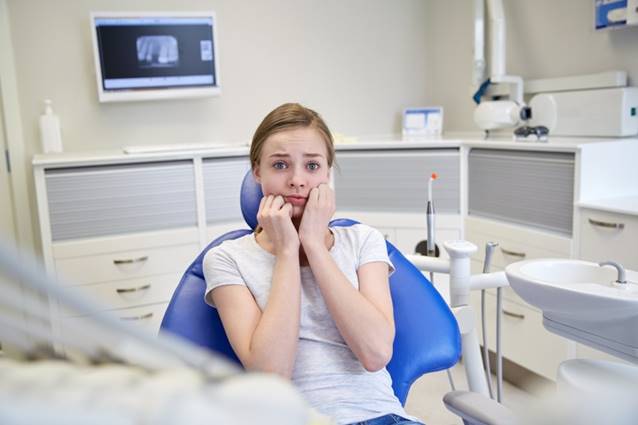A knocked-out tooth is a dental emergency that requires immediate action. Whether due to a sports injury, accident, or fall, the first 30 minutes are crucial in determining whether the tooth can be saved. Acting swiftly and correctly can make a significant difference in preserving your natural smile. In this blog, we will guide you through essential first-aid steps to take when dealing with an avulsed (knocked-out) tooth.
Why the First 30 Minutes Matter
When a tooth is knocked out, the blood vessels and nerves are damaged, and the surrounding tissues lose their attachment. The longer the tooth remains outside the mouth, the lower the chances of successful reimplantation. Research shows that if a tooth is reinserted within 30 minutes, the likelihood of saving it is much higher. After this golden window, the survival rate of the tooth decreases significantly.
Step-by-Step First Aid for a Knocked-Out Tooth
- Stay Calm and Act Fast
Panicking can waste valuable time. Keep a level head and follow these steps carefully. If the injured person is in severe pain or bleeding excessively, seek medical help immediately while performing these first-aid steps.
- Find and Handle the Tooth Properly
- Locate the tooth as quickly as possible.
- Hold it by the crown (the white, visible part) and avoid touching the root, as this can damage essential cells needed for reattachment.
- Clean the Tooth Gently
- If the tooth is dirty, rinse it briefly with cold, clean water or saline solution.
- Do not scrub, use soap, or dry the tooth, as this may damage the root surface cells needed for reimplantation.
- Try to Reinsert the Tooth
- If possible, carefully place the tooth back into its socket, ensuring it is facing the correct way.
- Ask the person to gently bite down on a piece of gauze or cloth to hold the tooth in place.
- If reimplantation is successful, visit a dentist immediately for professional stabilization.
- Store the Tooth Properly if Reimplantation Isn’t Possible
If you cannot place the tooth back into its socket, keep it moist to prevent drying out. The following are the best ways to store the tooth:
- Milk: Place the tooth in a small container filled with cold milk.
- Saliva: Hold the tooth inside the injured person’s mouth, between the cheek and gums.
- Saline Solution: Use a sterile saline solution if available.
- Emergency Tooth Preservation Kit: If accessible, use a specialized solution like Save-a-Tooth.
- Seek Emergency Dental Care Immediately
Time is crucial. Take the tooth and the injured person to a dentist within 30 minutes for the best chance of successful reattachment. Even if you exceed this time, there is still a possibility of saving the tooth, so don’t delay seeking professional help.
What to Avoid When Handling a Knocked-Out Tooth
- Do not touch the root. This damages vital tissues.
- Do not let the tooth dry out. Keep it moist at all times.
- Do not wrap it in a tissue or cloth. This dehydrates the tooth and reduces its chances of survival.
- Do not use alcohol or hydrogen peroxide to clean it. These chemicals can kill the living cells on the root surface.
Preventing Knocked-Out Teeth: Tips for Protection
While accidents happen, you can take steps to reduce the risk of losing a tooth:
- Wear a mouthguard when playing sports or engaging in high-risk activities.
- Avoid chewing on hard objects like ice, pens, or unpopped popcorn kernels.
- Maintain good oral health to strengthen teeth and gums.
- Use caution with slippery surfaces to prevent falls and injuries.
What Happens If the Tooth Can’t Be Saved?
If the knocked-out tooth cannot be reattached, don’t worry—there are several dental restoration options available:
- Dental Implants: A long-lasting, natural-looking solution.
- Bridges: A fixed replacement that restores function and aesthetics.
- Dentures: A removable option for missing teeth.
Your dentist will discuss the best treatment plan based on your condition and preferences.
Final Thoughts
A knocked-out tooth is a dental emergency that requires immediate attention. By acting within the critical 30-minute window, you significantly increase the chances of saving the tooth. Remember to handle the tooth carefully, keep it moist, and seek professional dental care as soon as possible. With the right first aid steps, you can protect your smile and avoid permanent tooth loss.
For more emergency dental tips, schedule an appointment with your local dentist today!

